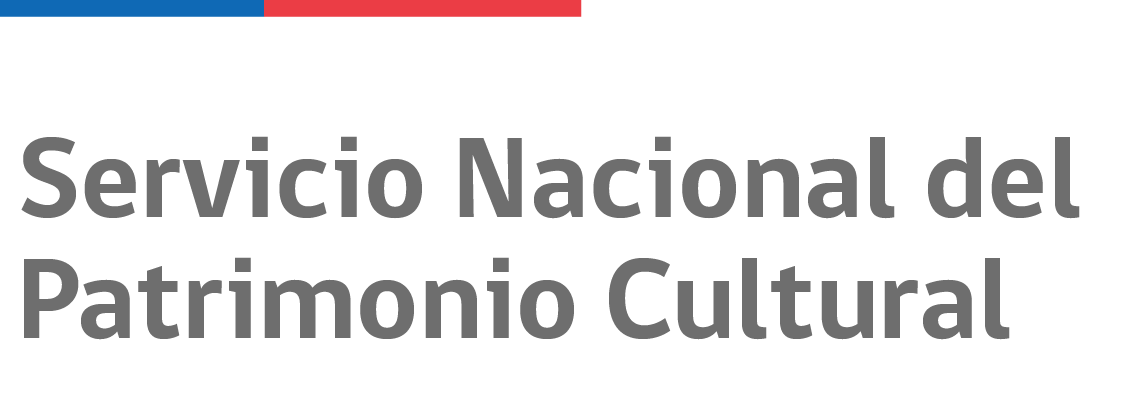
Opening times:
Admission:
About the institution

Anthropomorphic Jar.
The Limarí Museum in Ovalle, the capital of the Limarí Province of central-northern Chile’s Coquimbo Region, was founded in 1963 as the Ovalle Archaeological Society Museum. It was created principally to house pieces found by the Society’s members in nearby excavations as well as an important collection of objects donated by prominent local doctor and archaeologist Guillermo Durruty.
Over the next few years, the Museum’s collections expanded considerably, thanks mainly to excavations carried out jointly with the La Serena Archaeological Museum. In 1996, the Museum moved to Ovalle’s former train station where the town’s public library is also housed.
The station, which dates back to the 1930s, fell into disuse after train services to the town were ended in the early 1980s and was abandoned until its restoration as part of a broader municipal plan in the mid-1990s.
Inside the Museum
Today, the Museum's collection comprises over 700 archaeological pieces that are displayed in five rooms:
- Introductory Room. This provides an overview of the indigenous peoples who inhabited the Coquimbo Region, including particularly the Diaguita. Panels and displays explain the different forms and designs characteristic of their pottery.
- Diaguita pottery. This room explains the techniques used by the Diaguita to make their pottery and the tools they employed.
- Diaguita culture. Looking more closely at the Diaguita who inhabited the Limarí Valley, this room focuses on their cosmovision, the form their society took, their agriculture and their relationship with the environment.
- Timeline. In this room, visitors learn about the evolution of the area’s indigenous peoples from the earliest times through to the arrival of the Incas and the Spanish conquistadores. Objects from all the different cultures are displayed.
- Shaman Molle Room. This room contains objects from the Molle culture, related to the image of a shaman and the medicinal plants used by this people.
Of particular interest are pieces from a Diaguita cemetery discovered when work began in the 1960s to build a sports stadium for Ovalle. The extent and wealth of this site were key in prompting the decision to found the Museum.
Objects from it include a packcha (anthropomorphic ritual vessel), a cushuna (zoomorphic vessel) and the "snake" (an ophidiomorphic figure).




